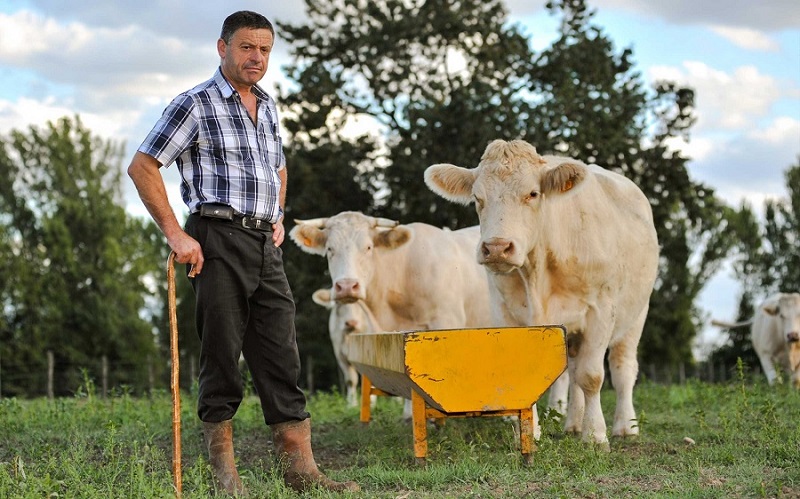Guide to farm safety

The agriculture industry has one of the highest rates of workplace death and injury in Australia.
Research from The University of Sydney found that between January 1 and December 31, 2016, approximately 63 people died from non-intentional injury on farms.
Tractors, machinery and quad bikes were reportedly responsible for the most deaths.
Other risks include exposure to carcinogens, mental health issues associated with the pressures of farming, road accidents and casualties as a result of workshop mishaps.
Tractors and machinery
Tractors and machinery account for a large amount of deaths on farms. There were an estimated nine deaths and eight cases of serious injury caused by tractors in 2016.
Deaths and injuries most commonly occur as a result of tractor rollover, tractor run over, tractor power take-offs, hydraulics, ergonomics, noise and operator skills.
Tractors are also responsible for minor injuries that impact performance or halt work completely.
Quad bikes
Quad bikes are also responsible for high rates of death and injury, causing approximately 15 deaths every year in Australia and a staggering 1400 injuries requiring hospital treatment.
More than 64 percent of total nationwide quad bike deaths occur on farms.
Children and adults over 50 are most at risk. However, stricter quad bike laws banning children and fining for those not wearing helmets are underway.
Carcinogens
2016 research from the Australian Work Exposure Study found 99 per cent of agricultural workers were deemed to have possible or probable exposure to one or more carcinogens.
Carcinogens are substances that can lead to cancer. In agriculture high risk carcinogens include UV radiation, asbestos, silica dust, tobacco smoke, diesel engine exhaust and wood dust. They don’t always lead to cancer, but they do increase its likelihood.
Mental health
Mental health issues in the farming community are prevalent. Male farm owners and managers commit suicide at around twice the rate of the national average.
A University of Sydney guide, Managing The Pressures of Farming provides online checklists for famers that assist with financial performance, business planning, and working with computers, among other things.
Road safety
Deaths and accidents due to inadequate road safety measures are commonplace in farming communities.
Factors such as not wearing seatbelts, alcohol intoxication, fatigue and speeding are key causes of accidents and loss of life.
Workshop accidents
Up to 20 percent of farm injuries presented in hospital emergency departments are the result of farm maintenance work. Many of these are eye or hand injuries.
Risks associated with workshop injury include poor workshop design and layout, electricity, welding, oxyacetylene welding and cutting, grinding, using power hoists, power and hand tools, battery charging and tyre changing.
The Australian Centre for Agricultural Health and Safety outlines OHS guidelines in their guide Health and Safety in the Farm. They recommend consultation, hazard identification, risk assessment, risk control and record-keeping to reduce the likelihood of injury.
Farm work getting safer
The last 20 years have seen a significant reduction in on-farm injury related deaths. Numbers fell from 146 deaths per year through 1989-1992, to 63 in 2016.
Conferences such as the biennial Farmsafe Australia Conference help to increase worker safety by uniting the agricultural industry, and examining ways to improve conditions going forward.








































































